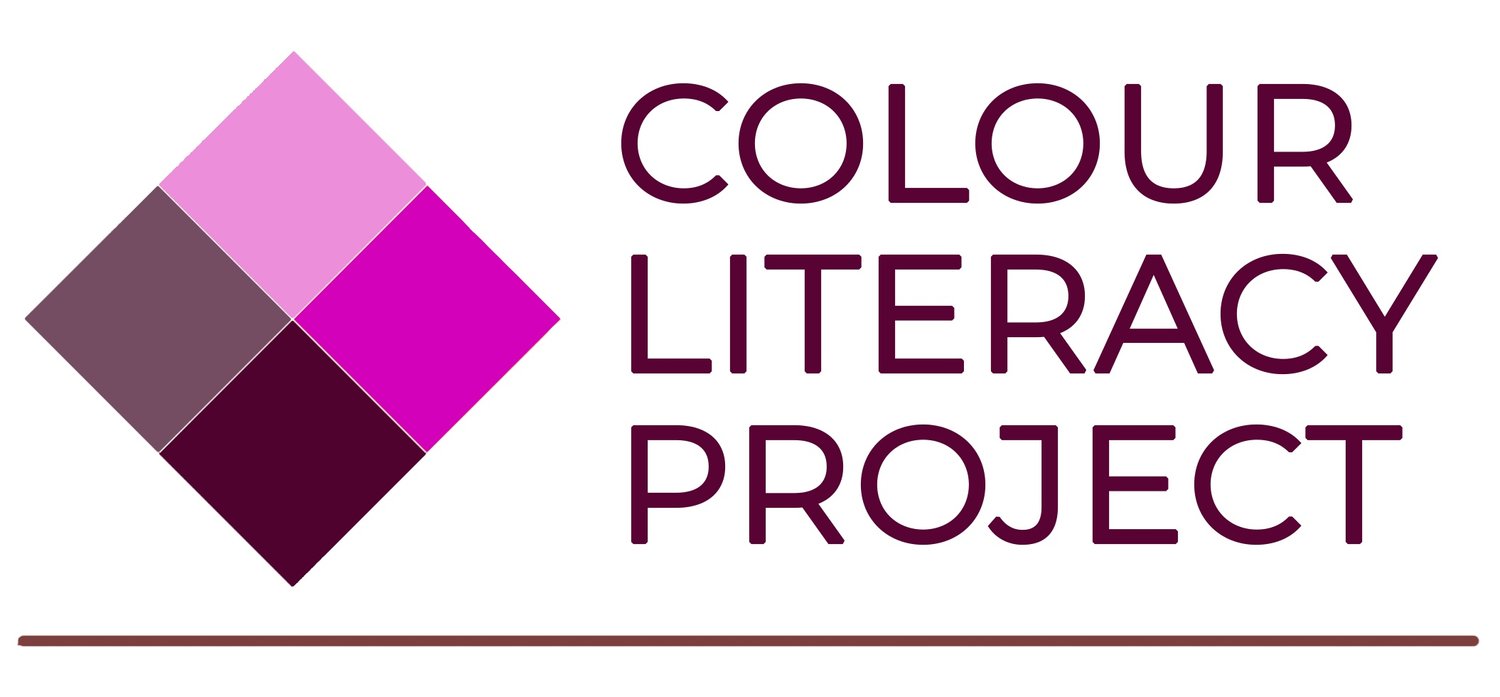What is limited colour vision?
‘Colour blind’ people do not see the world in ‘black and white’.
There is a common misconception that ‘colour blind’ people can’t see any colours, and see the world in ‘black and white’ (or actually greyscale). This is not the case! The vast majority of people who are so-called ‘colour blind’ can see colours! They just see a more limited range of colours, compared to people with full colour vision.
In fact, the term ‘colour blind’ is very misleading. A better term to use is limited colour vision, or colour vision deficiency (which is the more common term in the scientific literature). Limited colour vision is a phrase which more precisely captures this condition: people can see colours, but they see a more limited range of colours compared to people with full colour vision (who are called trichromats).
Scene seen by someone with full colour (or trichromatic) vision
We see colours because of the way our visual system (which includes our eyes and brain, and all the connections in between) interprets and decodes the light that enters our eyes. In this decoding process, our visual system compares the amount of light we receive from different parts of the spectrum. The specialized cells in our eyes which detect light are called cones.
Scene seen by someone with one cone missing or not functioning. This is an example of dichromatic vision.
Most people in the general population have full colour vision, with the three types of cones fully functioning. A fraction of the population has either one type of cone missing or not functioning, or an alternate version of one or more cone types. These people will have limited colour vision, and not see the same range and diversity of colours as those with full colour vision.
Scene seen by someone with an alternate version of one cone. This is an example of anomalous trichromatic vision.
The type of limited colour vision where one of the three types of cones is absent or does not function is called dichromatic vision. The image series shows how someone with one cone missing may see the scene. In the other principal type of limited colour vision, one of the three types of cones is a variation compared to people with full colour vision, and is called anomalous trichromatic vision. The image series shows how someone with a varying cone may see the scene. Both situations impact how a person perceives colour. Within each of these two types of limited colour vision, there are several variations; not all people with limited colour vision perceive the world in the exact same way.
The most common type of limited colour vision is often referred to as ‘red-green colour blindness’ and is genetically inherited. Males are much more often affected than females, with studies showing 7-8% of males compared to 0.5% of females with Northern European ancestry having this condition. (It is less common in other ancestries, but males still vastly outnumber females with this condition.) Other types of colour vision deficiencies are much more rare. Complete colour-blindness, or achromatopsia, occurs in just 0.003% of the population.
FIND OUT MORE:
A good reference (despite their use of the unfortunate term) is www.colourblindawareness.org
With a good animation on ‘colour blind’ awareness www.colourblindawareness.org/families
Another good site, with a colour vision deficiency simulator is https://www.color-blindness.com/
A short video by a sister trying to understand her brother’s limited colour vision gives a good introduction to colour perception and its variations: Know Brainers. The truth about colour - is it even real? https://www.youtube.com/watch?v=VnU8KinJCxc













